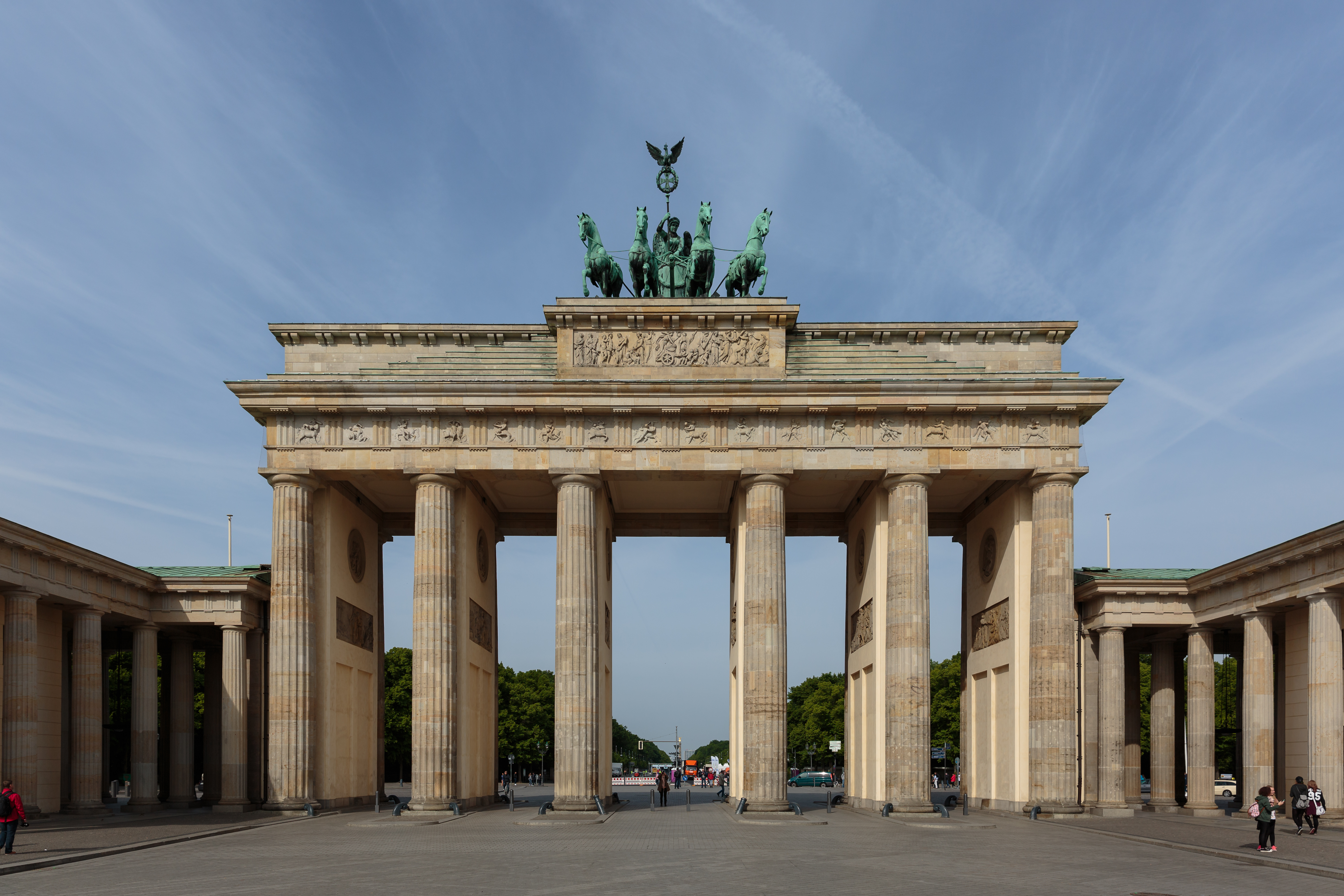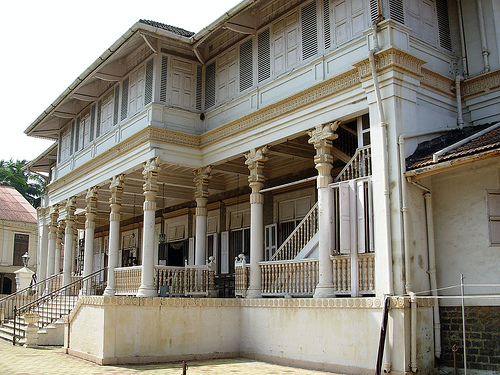|
Maneckji Seth Agiary
Maneckji Seth Agiary is the second-oldest Zoroastrian fire temple (or ''agiary'', Gujarati for "house of fire") in Mumbai, India, constructed in 1735. Banaji Limji Agiary, established in 1709, is the oldest. As in all Zoroastrian temples, non-Parsis are not allowed to enter. The architecture of the building is a mix of Persian and Greek Revival styles, with two lamassus ''Lama'', ''Lamma'', or ''Lamassu'' (Cuneiform: , ; Sumerian: lammař; later in Akkadian: ''lamassu''; sometimes called a ''lamassus'') is an Assyrian protective deity. Initially depicted as a goddess in Sumerian times, when it was called ''La ... standing guard at the temple entrance. See also * List of fire temples in India References Fire temples in India 1735 establishments in India Religious buildings and structures in Mumbai Religious buildings and structures completed in 1735 {{India-religious-struct-stub ... [...More Info...] [...Related Items...] OR: [Wikipedia] [Google] [Baidu] |
Zoroastrian
Zoroastrianism is an Iranian religion and one of the world's oldest organized faiths, based on the teachings of the Iranian-speaking prophet Zoroaster. It has a dualistic cosmology of good and evil within the framework of a monotheistic ontology and an eschatology which predicts the ultimate conquest of evil by good. Zoroastrianism exalts an uncreated and benevolent deity of wisdom known as ''Ahura Mazda'' () as its supreme being. Historically, the unique features of Zoroastrianism, such as its monotheism, messianism, belief in free will and judgement after death, conception of heaven, hell, angels, and demons, among other concepts, may have influenced other religious and philosophical systems, including the Abrahamic religions and Gnosticism, Northern Buddhism, and Greek philosophy. With possible roots dating back to the 2nd millennium BCE, Zoroastrianism enters recorded history around the middle of the 6th century BCE. It served as the state religion of the anci ... [...More Info...] [...Related Items...] OR: [Wikipedia] [Google] [Baidu] |
Fire Temple
A fire temple, Agiary, Atashkadeh ( fa, آتشکده), Atashgah () or Dar-e Mehr () is the place of worship for the followers of Zoroastrianism, the ancient religion of Iran (Persia). In the Zoroastrian religion, fire (see ''atar''), together with clean water (see ''aban''), are agents of ritual purity. Clean, white "ash for the purification ceremonies sregarded as the basis of ritual life", which "are essentially the rites proper to the tending of a domestic fire, for the temple ireis that of the hearth fire raised to a new solemnity". For, one "who sacrifices unto fire with fuel in his hand ..., is given happiness". , there were 167 fire temples in the world, of which 45 were in Mumbai, 105 in the rest of India, and 17 in other countries. Of these only 9 (1 in Iran and 8 in India) are the main temples known as '' atash behrams'' and the remaining are the smaller temples known as ''agiarys''. History and development Concept First evident in the 9th century BCE, the Zoroastr ... [...More Info...] [...Related Items...] OR: [Wikipedia] [Google] [Baidu] |
Gujarati Language
Gujarati (; gu, ગુજરાતી, Gujarātī, translit-std=ISO, label=Gujarati script, ) is an Indo-Aryan language native to the Indian state of Gujarat and spoken predominantly by the Gujarati people. Gujarati is descended from Old Gujarati (). In India, it is one of the 22 Languages with official status in India, scheduled languages of the Union. It is also the official language in the state of Gujarat, as well as an official language in the union territory of Dadra and Nagar Haveli and Daman and Diu. As of 2011, Gujarati is the List of languages by number of native speakers in India, 6th most widely spoken language in India by number of native speakers, spoken by 55.5 million speakers which amounts to about 4.5% of the total Indian population. It is the List of languages by number of native speakers, 26th most widely spoken language in the world by number of native speakers as of 2007.Mikael Parkvall, "Världens 100 största språk 2007" (The World's 100 Largest ... [...More Info...] [...Related Items...] OR: [Wikipedia] [Google] [Baidu] |
Mumbai
Mumbai (, ; also known as Bombay — the official name until 1995) is the capital city of the Indian state of Maharashtra and the ''de facto'' financial centre of India. According to the United Nations, as of 2018, Mumbai is the second-most populous city in India after Delhi and the eighth-most populous city in the world with a population of roughly 20 million (2 crore). As per the Indian government population census of 2011, Mumbai was the most populous city in India with an estimated city proper population of 12.5 million (1.25 crore) living under the Brihanmumbai Municipal Corporation. Mumbai is the centre of the Mumbai Metropolitan Region, the sixth most populous metropolitan area in the world with a population of over 23 million (2.3 crore). Mumbai lies on the Konkan coast on the west coast of India and has a deep natural harbour. In 2008, Mumbai was named an alpha world city. It has the highest number of millionaires and billionaires among all ... [...More Info...] [...Related Items...] OR: [Wikipedia] [Google] [Baidu] |
Banaji Limji Agiary
Banaji Limji Agiary is the oldest Zoroastrian fire temple (or ''agiary'', Gujarati for "house of fire") in Mumbai, India that was constructed in 1709. The fire was consecrated here by the Parsi businessman Seth Banaji Limji. The temple has a fortress-like structure and non-Parsis are not allowed to enter, as in all Zoroastrian temples. The temple is a Grade II heritage structure.https://www.maharashtra.gov.in/Site/Upload/Acts%20Rules/Marathi/25-06-019%20Notification%20UDD...sdfglkjl.pdf Situated less than a kilometre away from the temple, Maneckji Seth Agiary (1733) is the second-oldest fire temple in Mumbai. See also * List of fire temples in India A fire temple, Agiary, Atashkadeh ( fa, آتشکده), Atashgah () or Dar-e Mehr () is the place of worship for the followers of Zoroastrianism, the ancient religion of Iran (Persia). In the Zoroastrian religion, fire (see '' atar''), together wit ... References {{coord missing, Maharashtra Fire temples in India 1709 establi ... [...More Info...] [...Related Items...] OR: [Wikipedia] [Google] [Baidu] |
Parsis
Parsis () or Parsees are an ethnoreligious group of the Indian subcontinent adhering to Zoroastrianism. They are descended from Persians who migrated to Medieval India during and after the Arab conquest of Iran (part of the early Muslim conquests) in order to preserve their Zoroastrian identity. The Parsi people comprise the older of the Indian subcontinent's two Zoroastrian communities vis-à-vis the Iranis, whose ancestors migrated to British-ruled India from Qajar-era Iran. According to a 16th-century Parsi epic, '' Qissa-i Sanjan'', Zoroastrian Persians continued to migrate to the Indian subcontinent from Greater Iran in between the 8th and 10th centuries, and ultimately settled in present-day Gujarat after being granted refuge by a local Hindu king. Prior to the 7th-century fall of the Sassanid Empire to the Rashidun Caliphate, the Iranian mainland (historically known as 'Persia') had a Zoroastrian majority, and Zoroastrianism had served as the Iranian state reli ... [...More Info...] [...Related Items...] OR: [Wikipedia] [Google] [Baidu] |
Iranian Architecture
Iranian architecture or Persian architecture ( Persian: معمارى ایرانی, ''Memāri e Irāni'') is the architecture of Iran and parts of the rest of West Asia, the Caucasus and Central Asia. Its history dates back to at least 5,000 BC with characteristic examples distributed over a vast area from Turkey and Iraq to Uzbekistan and Tajikistan, and from the Caucasus to Zanzibar. Persian buildings vary from peasant huts to tea houses, and garden pavilions to "some of the most majestic structures the world has ever seen". In addition to historic gates, palaces, and mosques, the rapid growth of cities such as the capital Tehran has brought about a wave of demolition and new construction. Iranian architecture displays great variety, both structural and aesthetic, from a variety of traditions and experience. Without sudden innovations, and despite the repeated trauma of invasions and cultural shocks, it has achieved "an individuality distinct from that of other Muslim co ... [...More Info...] [...Related Items...] OR: [Wikipedia] [Google] [Baidu] |
Greek Revival
The Greek Revival was an architectural movement which began in the middle of the 18th century but which particularly flourished in the late 18th and early 19th centuries, predominantly in northern Europe and the United States and Canada, but also in Greece itself following independence in 1832. It revived many aspects of the forms and styles of ancient Greek architecture, in particular the Greek temple, with varying degrees of thoroughness and consistency. A product of Hellenism, it may be looked upon as the last phase in the development of Neoclassical architecture, which had for long mainly drawn from Roman architecture. The term was first used by Charles Robert Cockerell in a lecture he gave as Professor of Architecture to the Royal Academy of Arts, London in 1842. With a newfound access to Greece and Turkey, or initially to the books produced by the few who had visited the sites, archaeologist-architects of the period studied the Doric and Ionic orders. Despite its ... [...More Info...] [...Related Items...] OR: [Wikipedia] [Google] [Baidu] |
Lamassus
''Lama'', ''Lamma'', or ''Lamassu'' (Cuneiform: , ; Sumerian: lammař; later in Akkadian: ''lamassu''; sometimes called a ''lamassus'') is an Assyrian protective deity. Initially depicted as a goddess in Sumerian times, when it was called ''Lamma'', it was later depicted from Assyrian times as a hybrid of a human, bird, and either a bull or lion—specifically having a human head, the body of a bull or a lion, and bird wings, under the name ''Lamassu''. In some writings, it is portrayed to represent a goddess. A less frequently used name is ''shedu'' (Cuneiform: , ; Sumerian: alad; Akkadian, ''šēdu''), which refers to the male counterpart of a ''lamassu''. ''Lamassu'' represent the zodiacs, parent-stars or constellations. Goddess Lama The goddess Lama appears initially as a mediating goddess who precedes the orants and presents them to the deities. The protective deity is clearly labelled as Lam(m)a in a Kassite stele unearthed at Uruk, in the temple of Ishtar, goddess to w ... [...More Info...] [...Related Items...] OR: [Wikipedia] [Google] [Baidu] |
List Of Fire Temples In India
A fire temple, Agiary, Atashkadeh ( fa, آتشکده), Atashgah () or Dar-e Mehr () is the place of worship for the followers of Zoroastrianism, the ancient religion of Iran (Persia). In the Zoroastrian religion, fire (see '' atar''), together with clean water (see '' aban''), are agents of ritual purity. Clean, white "ash for the purification ceremonies sregarded as the basis of ritual life", which "are essentially the rites proper to the tending of a domestic fire, for the temple ireis that of the hearth fire raised to a new solemnity". For, one "who sacrifices unto fire with fuel in his hand ..., is given happiness".''Yasna'' 62.1; ''Nyashes'' 5.7 There are about 177 odd fire temples in the world, of which some 150 are in India. List of Fire temples in India See also * List of fire temples in Iran * Zoroastrianism in India * Religions in India * Religious tourism in India References {{Zoroastrianism * Fire temples A fire temple, Agiary, Atashkadeh ( fa, آتشک ... [...More Info...] [...Related Items...] OR: [Wikipedia] [Google] [Baidu] |
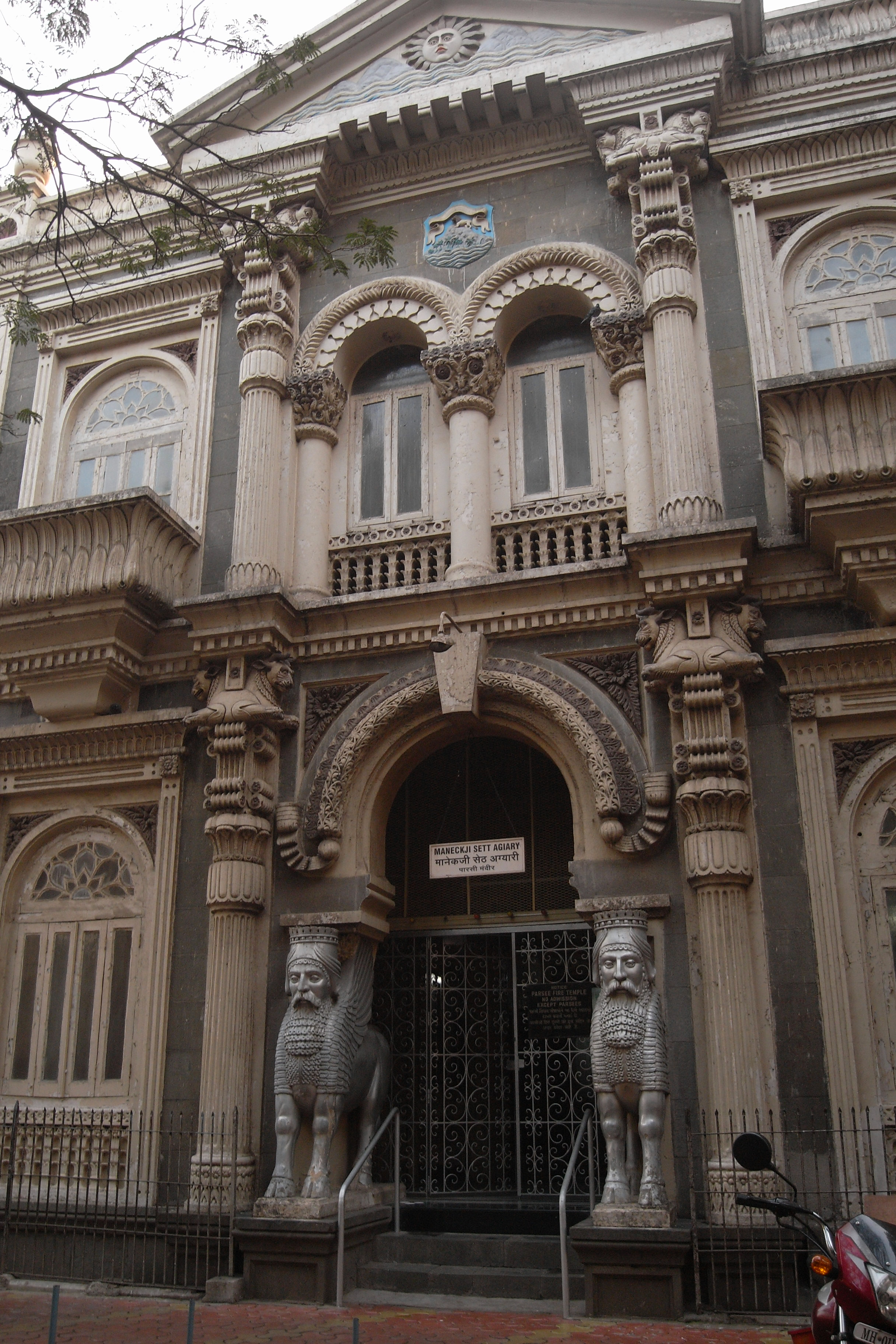
_p012_BAKU%2C_FIRE_TEMPLE_(cropped).jpg)
%2C_governor%2C_c._mid_3rd_century_BC.jpg)

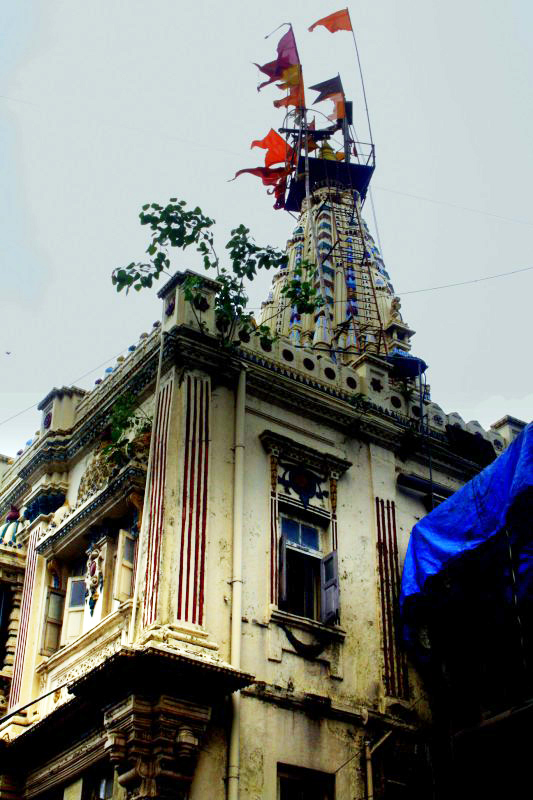
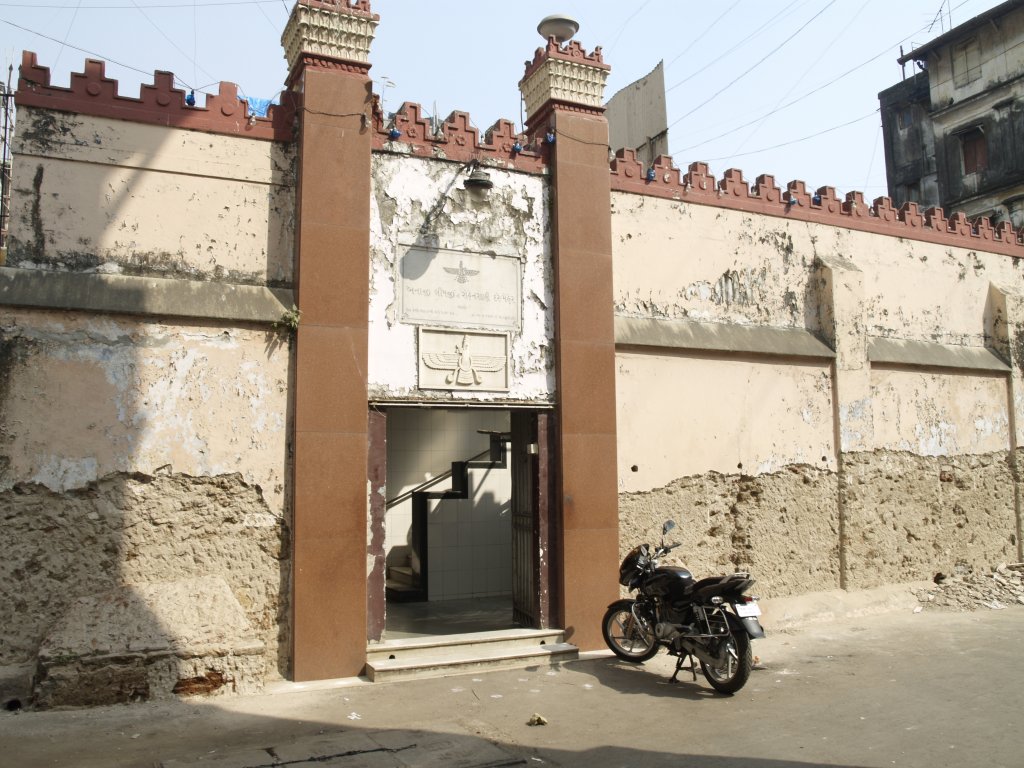
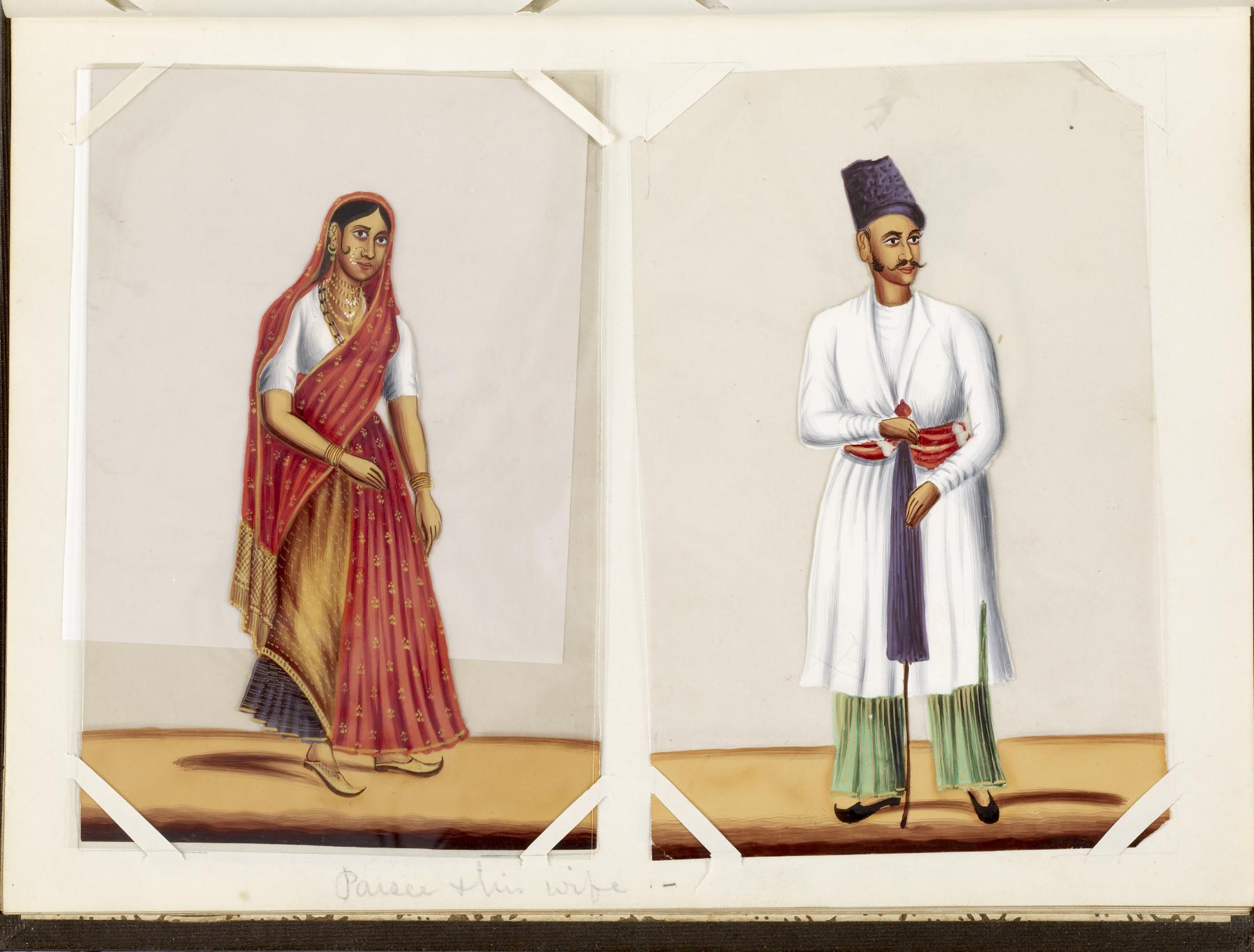
.jpg)
